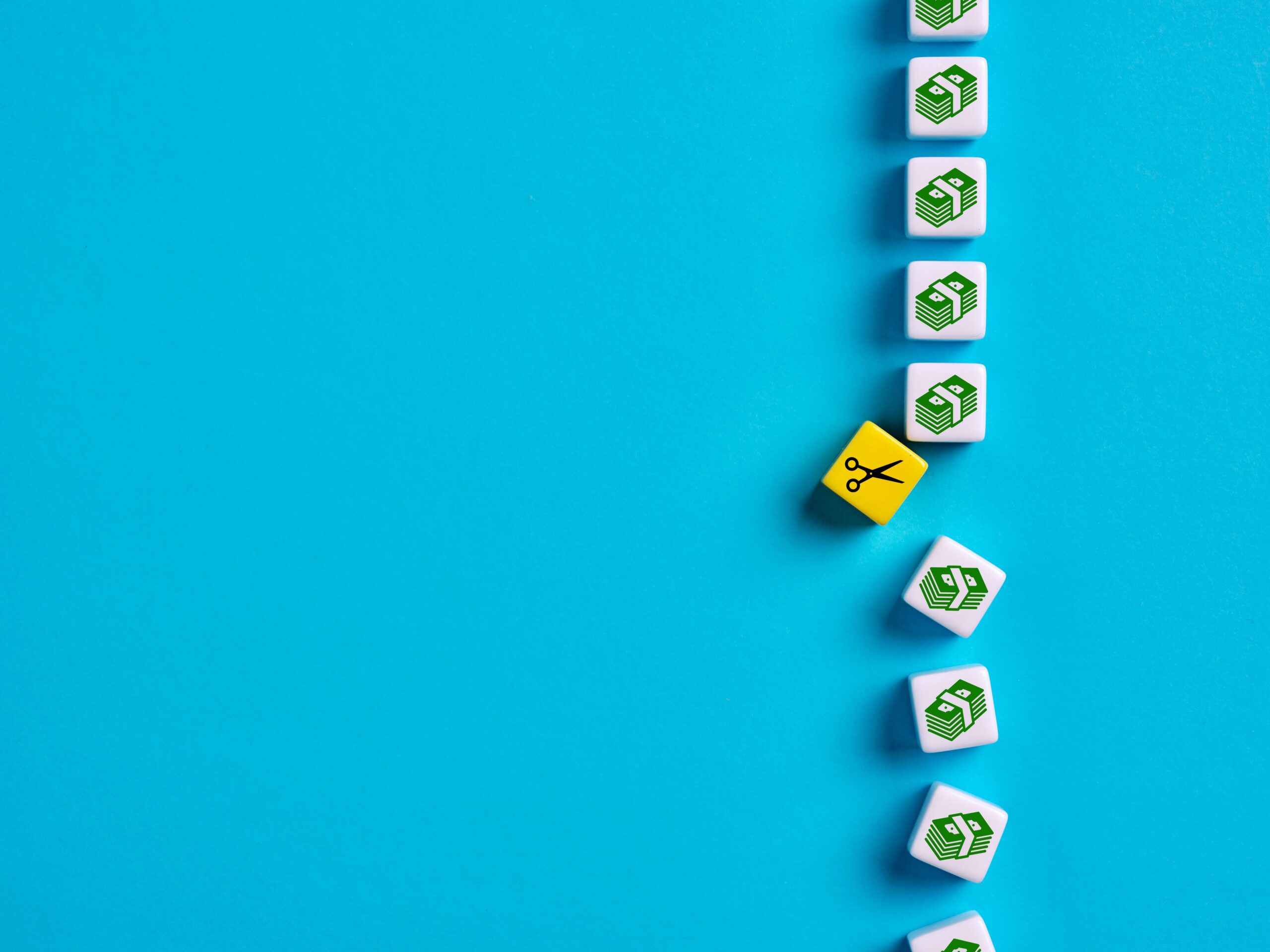If you’re an introvert, there’s no task more onerous than attending a professional networking mixer. There you are, in a sea of people you don’t know and honestly don’t really want to talk to, and yet you know one of them may be the key to a new job, a new client, or some much-needed advice. At best, it feels like an obstacle course; at worst, it feels like torture.
At least that’s how I felt. I’m a lifelong introvert who sought out a career in advertising to help counterbalance my unshakeable tendencies toward introversion.
The first hurdle was, of course, breaking into the industry, which is why I started suffering through networking mixers.
Flash-forward a dozen years: between attending what felt like hundreds of mixers (which eventually paid off) and then working in a notoriously extroverted industry, I’ve picked up some tricks that have made me better at networking – not just at events, but at work and in my personal life too. Here are a few of the best tips that can help you win almost any social situation.
Make it about the process, not the people.
We introverts tend to be very process-oriented people. If you can think of a networking event not as a social event but a job-oriented task, you can handle it one step at a time. Examples of different steps could be researching the event, attending the event, giving yourself the goal of meeting x number of people, telling x number of people what you’re looking for, etc. You can also apply this entire “break it down into chunks” approach to everything else in your life, including your job search.
Be strategic about the events you go to.
The brutal truth is that many people go to networking events either for the free drinks or they’re there to give their elevator speech and hope you can find them a job. Which is fine, but if you go to a mixer filled with people just like you (e.g., copywriters, new account executives), there may not be very much value to exchange.
Instead, attend events that are more likely to attract a wider audience. For designers and visual artists, your local AIGA chapter is a great place to look for multifaceted events that attract a range of people. I, personally, have made valuable connections at Creative Mornings, since they attract not only artists, writers and programmers, but also professionals who are eager to learn new ways to solve their business problems.
Don’t waste time thinking of a clever opening line.
Because here is the perfect opening line that works every time: “So, what brings you to this event?” It’s a bulletproof icebreaker since most people enjoy talking about themselves! It can also help set up a fruitful conversation about what they’re looking to gain from attending the event.
Do spend a lot of time perfecting your elevator pitch.
Your elevator pitch is that brief and meaningful professional summary of who you are, what you can offer, and what you’re looking for. Many career experts recommend a run time of about 30 seconds, but come on! 30 seconds is also the length of the average commercial, and you know what happens when those come on? People get up and leave.
Have the full 30-second pitch in your back-pocket, but have a trimmed, sound-byte version that can add your elevator pitch to a conversation without monopolizing it. Write it out and practice it, if you must. It really is that important.
Practice reading the room.
As an introvert, you probably spend a lot of time hanging back, analyzing everyone and everything in the room. Put it to good use! Before you approach anyone, make sure you’re doing it at the right time, with the right person. Look for people who seem pleasant and receptive before you approach them, not distracted (i.e., people that have been on the phone 90% of the time). If you only approach one person at the event, make sure it’s the event organizer. They probably know everyone attending the event, can direct you to key people, and may even introduce you.
Meet someone? Ask for their card.
Digital contact cards are nice, but having a real, physical thing that you can jot notes on is best. For one thing, you’re more likely to remember the details of the discussion if you write them by hand. And it gives you the opportunity to write down an interesting fact about the conversation with your new contact, which you can refer to later.
Trade value for value.
Networking is a two-way street, so you shouldn’t be purely focused on what you can get out of a connection. So, to badly mangle one of the most powerful quotes of all time, “Ask not what your colleague can do for you, but what you can do for your colleague.” Sometimes, just listening and being an active, thoughtful participant in a conversation is enough.
Follow up with your new contacts.
Within a day of the event, send a note saying something to the effect of: “It was nice to meet you! Let’s stay in touch, and if I hear of any opportunities you’d be interested in, I’ll let you know.” Send your note to an email account rather than a social media profile, as you’d be surprised by many people don’t check their LinkedIn accounts that often.
BYOB (Be You, Only Better).
And finally, when you do go to a networking event, you don’t have to adopt an extroverted persona, but you should present the best version of yourself. You can still be an introvert, but be a sincere, honest, engaged one who is comfortable in your own skin. People will respond! The more at-ease and relaxed you appear, the more likely it is that people will approach you.
Lisa is a Creative Circle candidate and seasoned advertising copywriter who lives in Los Angeles. Her background includes both in-house and agency work on Fortune 500 and global accounts in the consumer and healthcare/pharmaceutical fields. She excels at words, fashion, and cats. If you want to work with Lisa, contact Creative Circle Los Angeles.



